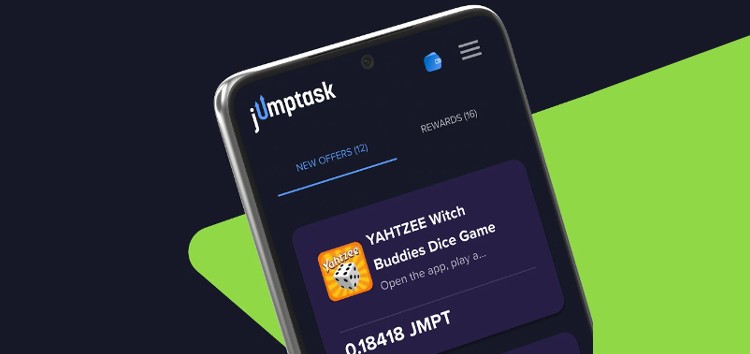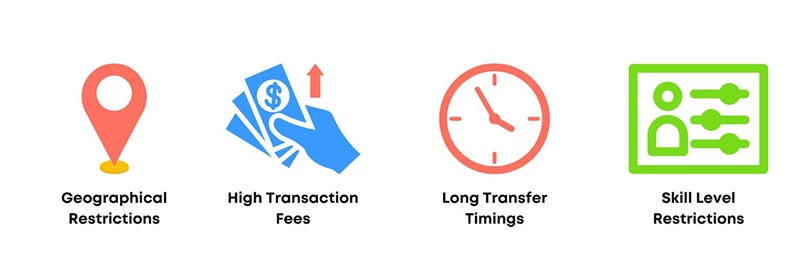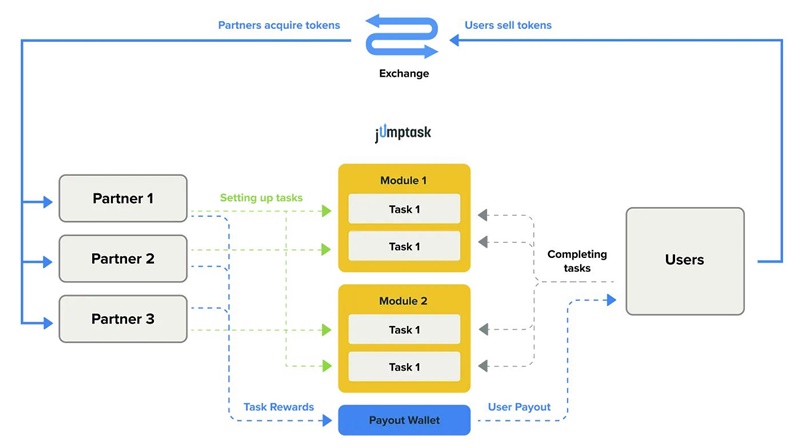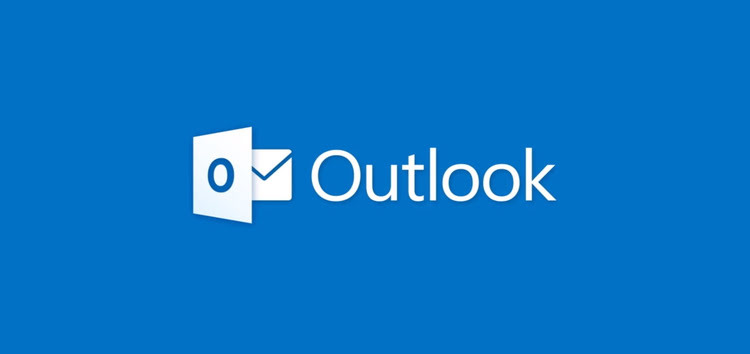In recent years, the gig economy has experienced substantial growth, with projections estimating that the global market will reach $455B by 2023.
More and more individuals join the gig economy searching for flexible work opportunities. Currently, one of the most popular parts of the gig economy is the freelancing sector.
However, there are barriers to entry in the gig economy. For example, high transaction fees and skill requirements limit some people’s access to the gig economy.
To make the gig economy more accessible, the JumpTask platform was launched. The project’s team has the vision to use blockchain and decentralization to improve the sector’s efficiency in the future.
What is the gig economy?
The gig economy is a labor market that consists of short-term contracts instead of permanent jobs.
Freelancing platforms, such as UpWork or Fiverr, are the most common way for independent contractors and freelancers to find temporary work opportunities.
Companies benefit from the gig economy as it provides flexibility by allowing them to outsource some work to freelancers instead of hiring full-time staff.
This saves resources for companies, allowing them to make their operations more efficient. Similarly, freelancers can also manage their work and projects flexibly, allowing them to create a personal work-life balance.
Despite the growing popularity of the gig economy, the freelancing market still limits beginner freelancers. First, most popular platforms usually require people to have expert skills such as graphic design or web development.
Second, payment processing companies take large fees, which limit the earning potential of beginner freelancers. Finally, there are limitations in terms of transaction speed and location availability.
What is JumpTask?
The JumpTask platform was launched in 2022 to make it easier for novice freelancers to enter the gig economy. Currently, the platform is focused on the micro-tasking market, with plans to expand into traditional freelancing.
The platform aims to create a system where small tasks can assist companies in completing complex projects.
The process would work as follows: companies would split large projects into small tasks and assign them to gig workers globally.
For example, if a company needs an entire website translated, they divide it into small pieces of text and give them to freelancers worldwide. Once the tasks are completed, freelancers are paid in cryptocurrency for their work.
Difference from other platforms
JumpTask is still in its early stages, with much development required. The platform focuses on micro-tasks, which anyone can complete without expert knowledge and skills.
This helps onboard beginner freelancers into the gig economy, as they can easily start earning on the side.
Furthermore, the JumpTask micro-task marketplace uses cryptocurrency and blockchain technology. The fees involved in blockchain transactions (gas fees) are minimal compared to the fees of traditional payment providers.
Blockchain could also help to accelerate transaction speed and expand location availability.
Currently, JumpTask is still at its initial stages of development. The list of available tasks are suitable for beginners only.
Therefore, experienced freelancers will have to wait until more complex tasks are launched in the future.
Summary
The gig economy is an expanding industry, with established platforms like UpWork and Fiverr being the go-to for experienced freelancers.
However, entry-level freelancers may find it difficult to access opportunities. To address this issue, JumpTask platform was created, aiming to provide entry to the gig economy for beginners.
Disclaimer: This is a sponsored post, made possible in association with Jumptask. PiunikaWeb doesn’t take any responsibility for the product being advertised here as well as how these applications are used.
About Jumptask: The company aims to provide a platform for micro freelancers to earn by taking up small gigs anywhere in the world. JumpTask plans to even introduce P2P tasks in 2024.
PiunikaWeb started as purely an investigative tech journalism website with main focus on ‘breaking’ or ‘exclusive’ news. In no time, our stories got picked up by the likes of Forbes, Foxnews, Gizmodo, TechCrunch, Engadget, The Verge, Macrumors, and many others. Want to know more about us? Head here.




